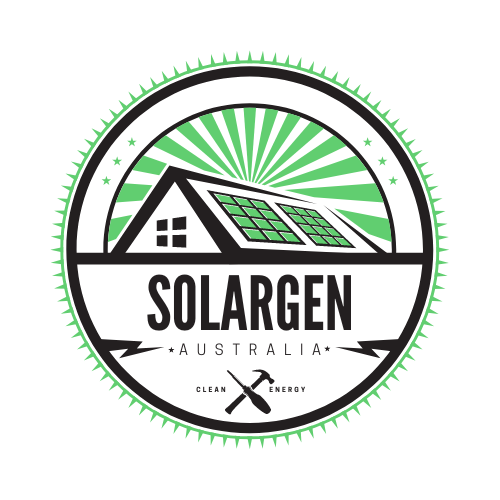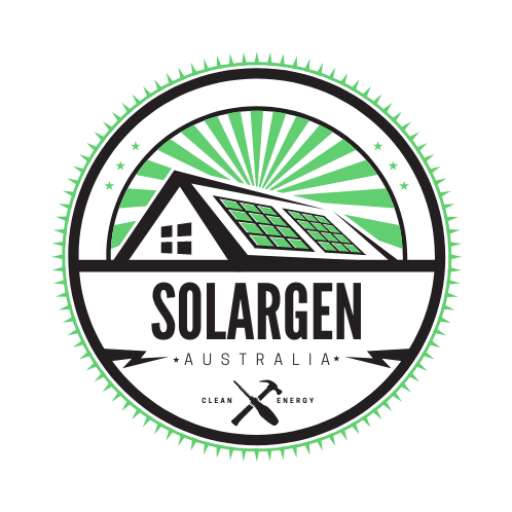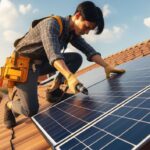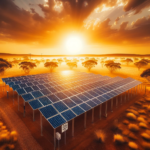Solar energy, with its abundant and clean offerings, has enticed many to make the shift towards sustainability. While the perks of solar panels like reduced bills and environmental conservation are well-known, understanding their lifespan and efficiency degradation over time is crucial for prospective users. Let’s delve into the longevity of solar panels and explore how their efficiency evolves throughout their life cycle.
Introduction:
Solar panels are renowned for their durability and long-lasting nature, converting sunlight to electricity for decades. However, like all equipment, they experience wear and tear, and their efficiency to convert sunlight into energy diminishes gradually. Knowing the lifespan and rate of degradation of solar panels is paramount for those seeking to invest in solar energy systems.
1. Average Lifespan of Solar Panels:
Solar panels typically have a productive lifespan of around 25 to 30 years. This doesn’t mean they stop producing electricity after this period but signifies a point where their efficiency has generally declined below what manufacturers guarantee for optimal performance.
2. Efficiency Degradation Rate:
Most solar panels degrade at a rate of approximately 0.5% to 1% per year. This means that by the end of the 25th year, a solar panel would typically retain around 75%-80% of its original efficiency. High-quality panels might degrade slower, maintaining a higher efficiency even after decades of service.
3. Factors Influencing Degradation:
a. Quality of Solar Panels:
High-quality panels made with advanced technologies and superior materials tend to degrade slower compared to their less advanced or lower quality counterparts.
b. Environmental Conditions:
Extreme weather conditions, high temperatures, and increased exposure to ultraviolet (UV) rays can accelerate the degradation rate of solar panels.
c. Maintenance and Cleaning:
Regular cleaning and maintenance can help in maintaining the efficiency of solar panels, while neglect can lead to faster degradation due to accumulation of dirt, dust, and other residues.
d. Installation Method:
Proper installation is crucial to ensure optimal performance and longevity of solar panels. Improper installation can lead to mechanical stresses, impacting the panel’s degradation rate.
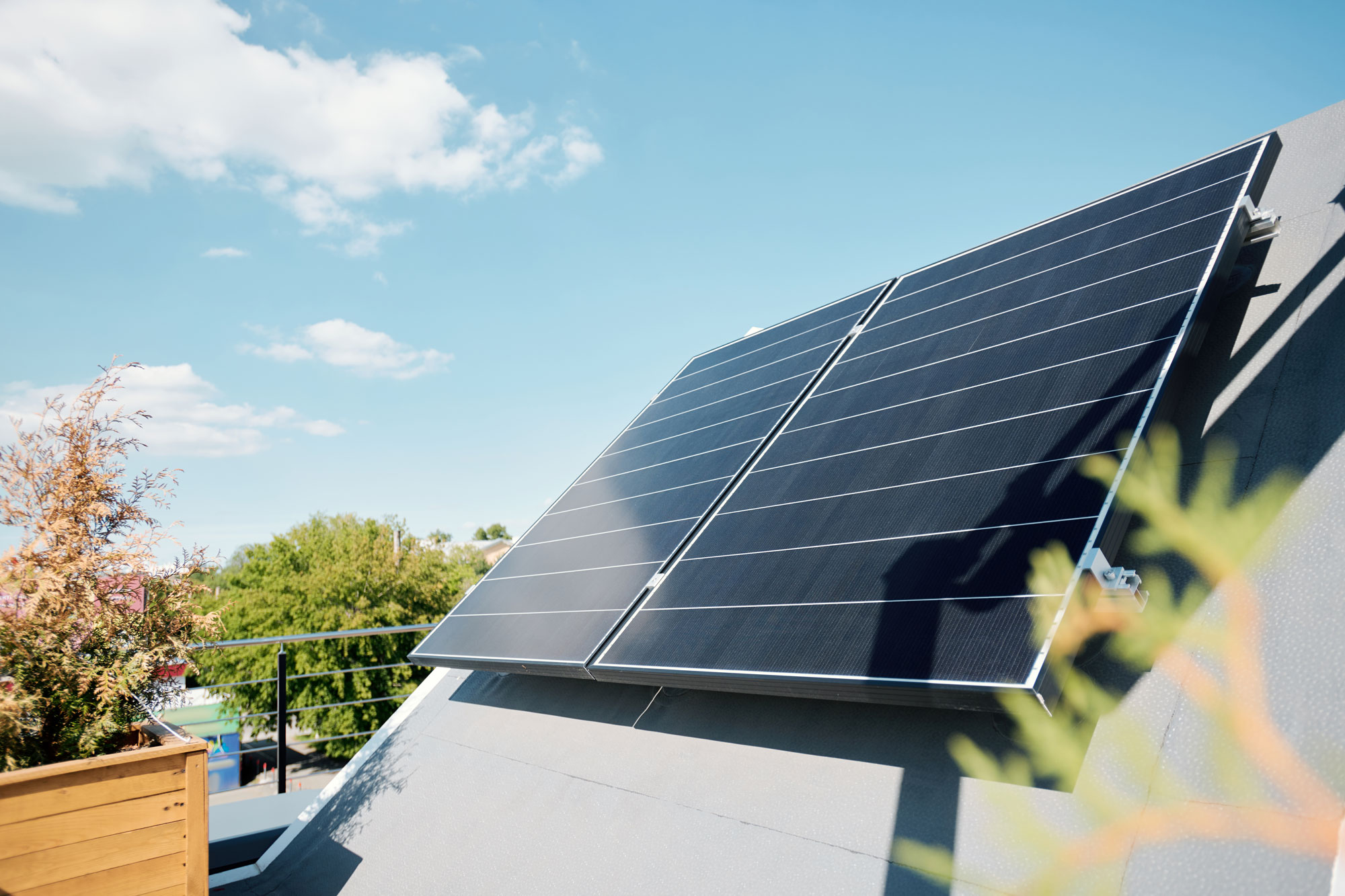
4. Performance Warranties:
Manufacturers usually offer performance warranties that guarantee a certain level of efficiency after a specified number of years. For instance, a 25-year linear performance warranty might guarantee around 80% efficiency at the end of the warranty period.
5. End of Life Management:
At the end of their useful life, solar panels can be recycled to recover materials like glass and aluminum. Recycling helps in reducing waste and the environmental impact associated with the disposal of old panels.
Conclusion:
The journey of solar panels is marked by decades of sustainable energy production, albeit with a gradual decrease in efficiency. A typical solar panel can be expected to remain operationally effective for around 25 to 30 years, undergoing a modest annual degradation in its energy conversion capabilities. The quality of the panels, environmental conditions, regular maintenance, and proper installation are pivotal factors influencing the rate of degradation.
Understanding the lifespan and degradation of solar panels is instrumental in making informed decisions related to investments in solar energy systems and managing expectations regarding their performance over time. As technology advances, the evolution in the design and materials of solar panels continues to enhance their durability and minimize degradation, promising a future where the longevity and efficiency of solar panels might surpass our current expectations.
If you’re contemplating a journey with solar energy and are curious to understand more about the longevity and performance of solar panels, feel free to reach out to us. Let’s navigate the path to a sustainable and energy-efficient future together!
